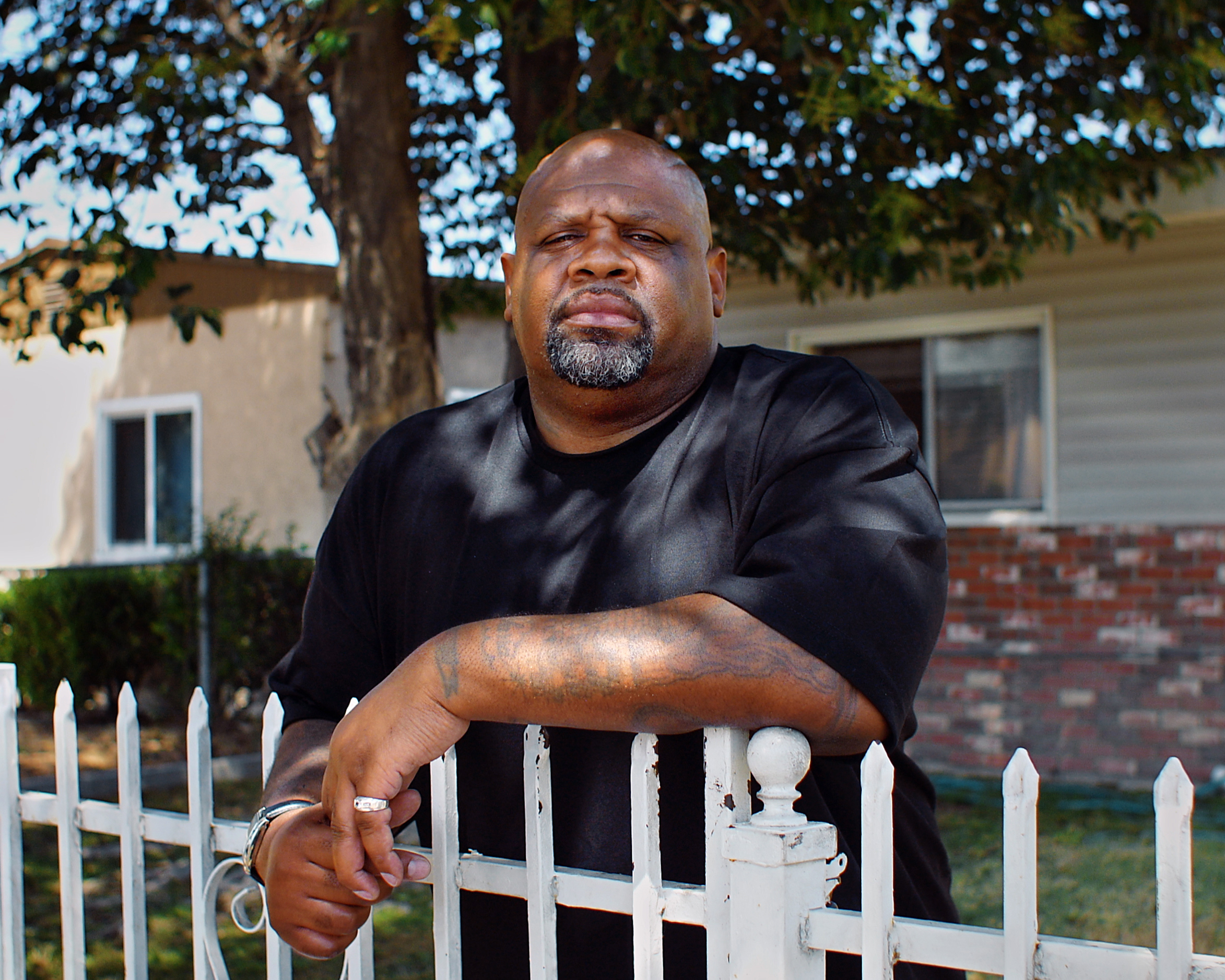In 2006, California’s prison system housed more than 170,000 people, 199% of the capacity it was designed to hold. Five years later, the U.S. Supreme Court ruled that health conditions in the state’s overcrowded institutions violated the Constitution’s ban on cruel and unusual punishment. The decision led to the enactment of legislation that resulted in a slow and steady decrease in the number of people behind bars, particularly those serving life sentences.
The COVID-19 pandemic has since forced the state to further ramp up release efforts. During 2020, more than 27,000 people were released from California prisons, the largest one-year release the state has ever seen.
This raises the question: How are former lifers reintegrating into a drastically changed society after leaving prison?

As a nonprofit journalism organization, we depend on your support to fund more than 170 reporting projects every year on critical global and local issues. Donate any amount today to become a Pulitzer Center Champion and receive exclusive benefits!
These profiles are excerpted from the Facing Life multimedia project, which tells the stories of people working to reenter society after serving decades behind bars. They reflect the challenges facing thousands of former lifers in California struggling to build new lives.
Read the full stories and more profiles at www.facing.life.
Jose Espinoza
STOCKTON
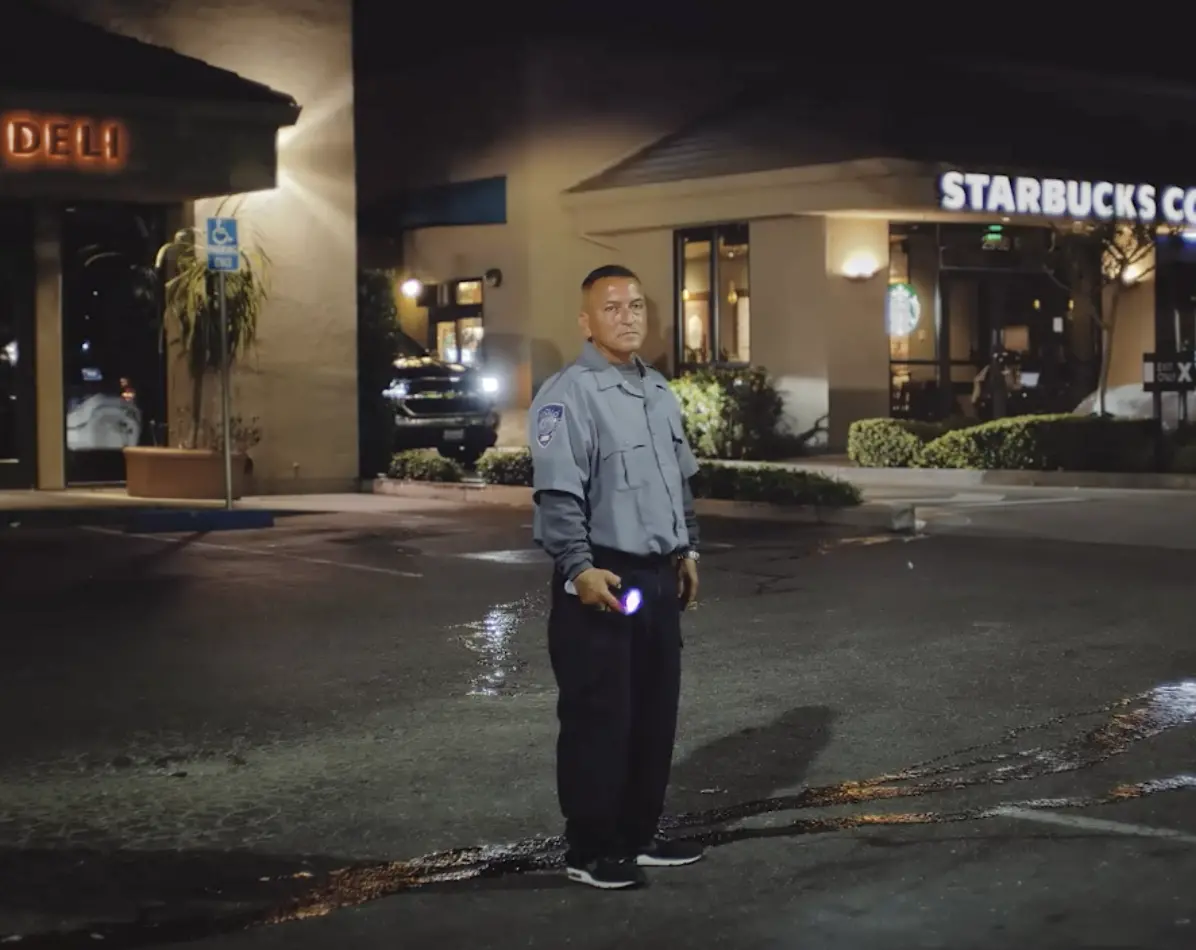
Born: 1968
Years incarcerated: 26
Released: 2018
The first time Jose Espinoza got arrested, his father told the police: “No, keep him there. I want him to learn a lesson.”
Juvenile hall counselors began to know him as a regular. “This is going to be your home for the rest of your life,” Jose recalls them saying to him. “And I believed that.” Behind the prison gates “was the only place I felt safe. I didn’t have to worry about my father hitting me in there.”
One night, on the streets of his hometown of Stockton, Jose was selling drugs when he was approached by a man from a different neighborhood. “How is this guy going to come into my neighborhood … knowing that this is our neighborhood?” He pulled out a gun and shot the man in cold blood.
He was convicted and sentenced to 19 years to life. At the time, he thought the sentence was unjust, but he thought differently years later. “I have a second chance,” he said. “My victim never did, and I understand that today.”
Jose remained an active gang member in prison. But in 2009, a birthday visit from his daughter changed his mindset forever. She told him: “I wish that when I blew out the candles and opened my eyes it was you on the other side of that cake.”
He cracked.
“My heart don’t beat just for me, my heart beats for someone else. And that someone else wants to see me come home.” He began attending Alcoholics Anonymous classes, self-help groups and restorative justice circles. “I didn’t really become a man till I went to prison.”
At the time of his crime, he was 24. With the combination of his rehabilitative efforts, time served and under a new youth offender law, Jose became eligible for parole. In 2018, he walked out the gates of Corcoran State Prison to find his daughter waiting for him.
He lived at a transitional home before staying with family members for a short period, eventually moving in with his fiancee, Sabrina Flores.
He took up a few odd jobs for income, but the gigs didn’t last. He had multiple battles with pneumonia, suffered from cirrhosis of the liver and developed blood clots in his legs. In the fall of 2020, Jose contracted COVID-19 and battled it for months. In April 2021, Sabrina found him on the bathroom floor, dead.
“He didn’t think he was coming home” from prison, says Sabrina, who had known Jose since they were teens. “He was doing whatever he wanted in there. When he got out, his body reacted differently.”
She says his final request was to be buried with his father. That request has now been fulfilled.
Lynn Acosta
MONTEREY
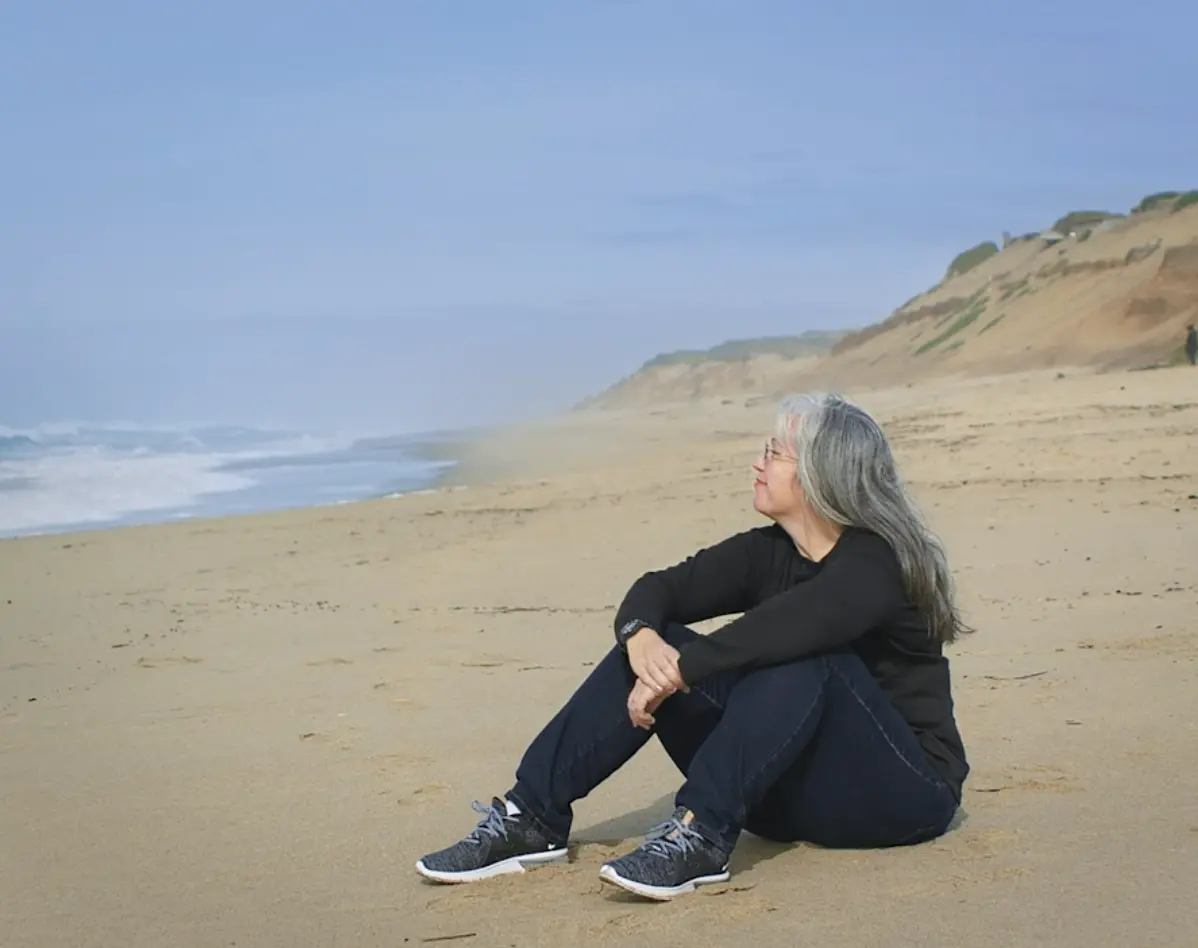
Born: 1973
Years incarcerated: 22
Released: 2018
“I grew up thinking I was a mistake,” Lynn Acosta says. During her adolescence, she says she was “abused in every way a child could be.” At 19, she joined the Navy, but her time in the service was shortened after she was sexually assaulted.
In 1998, Lynn was arrested after an old friend murdered his wife. Because she had knowledge of the plot, she was charged and convicted of conspiracy to commit first-degree murder. She ended up serving more than 20 years in prison.
“I think the military prepared me for acclimating to prison,” she says. Submitting to authority and keeping her quarters clean were easy, but seeing violence and drug overdoses was hard for her — as was being away from her children. “I was a preschool teacher’s aide before I was arrested, in my son’s class.” She grew deeply depressed. “I medicated for a good couple of years.”
One silver lining in prison was her time spent in vocational training and self-help groups. “In all the brokenness of my past, prison also gave me the tools and the foundation to be the woman that I am today.”
With guidance from the nonprofit prisoners’ rights group, Uncommon Law, as well as other organizations, Lynn went to the California parole board in 2018. Once parole was granted, she wanted to celebrate — but was met with the humility of knowing that there was still someone dead because of her actions, or lack thereof. “I can’t right what I did, but I served my time the best that I could.”
She questioned: “Now what? What is life going to look like?” After getting situated in a transitional home, she found community in a circle of other former lifers. “There is a distinct difference,” she says, “between people that come and go in the system like it’s a McDonald’s drive-through and a lifer.”
Since her release, she’s found stable employment at Marriott and also became a licensed physical trainer and a certified Department of Veterans Affairs counselor. She is newly married and living with her husband, Chris, who is also both a former lifer and a veteran.
Through everything, Lynn believes: “If I would’ve been who I am right now, in 1998, I wouldn’t have been incarcerated. But, you know, I’ve had quite the journey. And without the journey, I wouldn’t be where I am today.”
Travielle Pope
LOS ANGELES
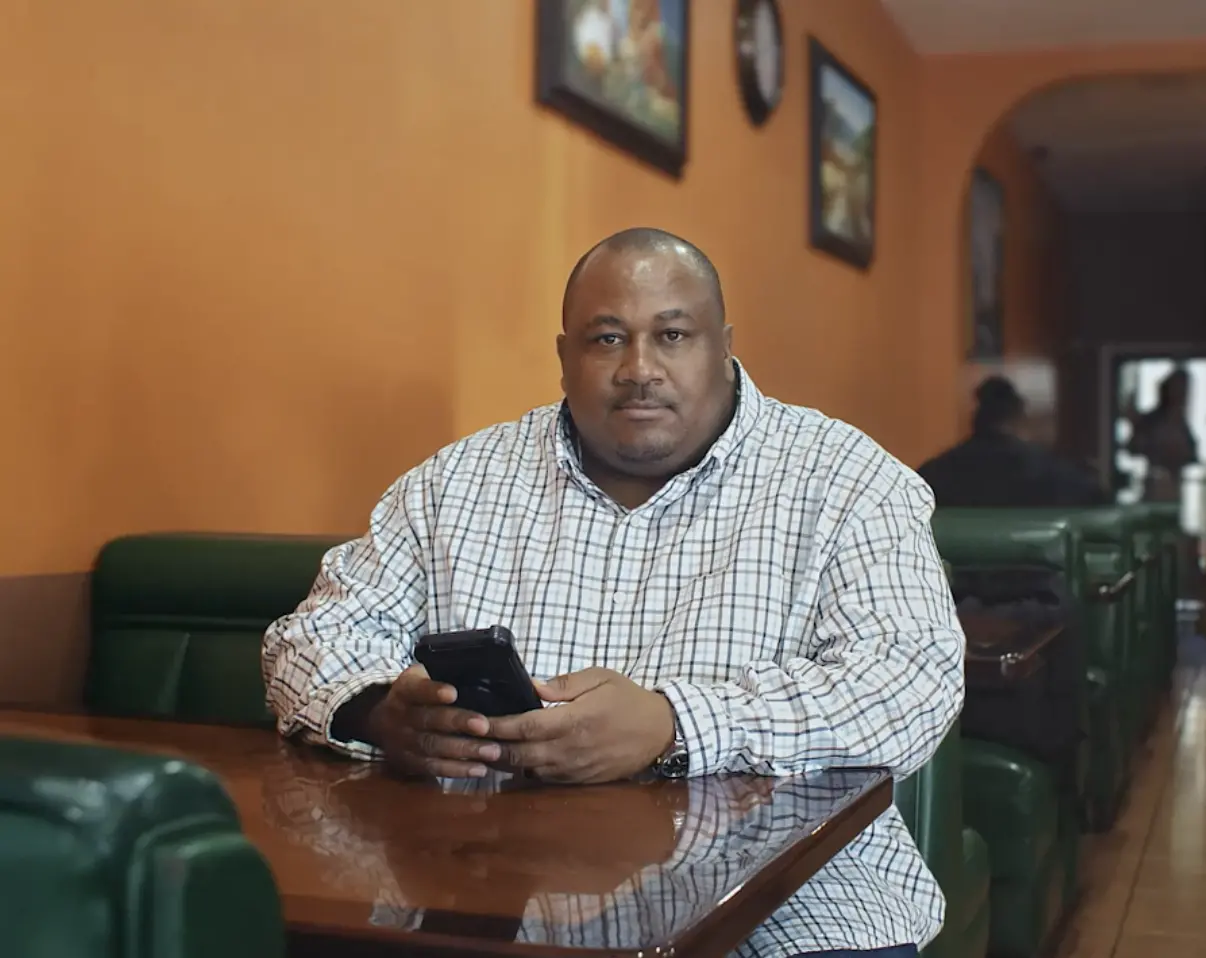
Born: 1974
Years incarcerated: 26
Released: 2018
On April 29, 1992, four Los Angeles police officers were acquitted of all charges related to the beating of Rodney King. Travielle Pope watched the news and then, like thousands of other Black people who felt no justice was served, he took to the streets.
During the protest, Travielle accosted and attacked a man, who later died from his injuries. Seventeen-year-old Travielle was arrested, charged with first-degree murder and sentenced to life in prison without the possibility of parole.
In 2000, after eight years behind bars, he gave his life to Christ.
In August 2017, after a chance meeting with Nancy McFadden, a top aide to then-Gov. Jerry Brown, Travielle’s sentence was commuted and he became eligible to go before the parole board. “I showed them that I had developed tools in prison from the various self-help classes and my spiritual beliefs,” he says. “And that I will not kill again.”
His first day out was hectic. “I basically went from living in a fishbowl, you know, which is the prison yard, to swimming in an ocean.” On top of the social stimulation, he had to unlearn the mindset that comes with being incarcerated.
“I was overwhelmed, because in prison, if someone walks up close to you, that means they’re trying to harm you,” he explains, noting how he relied on the support of his wife, Hope. During their first meal out, he nervously grabbed a steak knife. Hope reacted by patting Travielle’s balled-up hand and saying: “It’s going to be OK.”
He found that others were willing to help him too. While struggling at the state Department of Motor Vehicles, he explained to the attendant he’d been incarcerated for 26 years, and it was all new to him. “She looked at me and said, ‘Baby, I’m so sorry. Welcome home.’”
Since his release, Travielle has worked five different jobs, all involving physical labor. He’s currently recovering from a workplace injury.
He’s also still learning the small things, like “controlling his normal face,” because some people might perceive it as a mean face. In one of the classes he was made to attend, he once read that it’s a common byproduct of post-incarceration syndrome. When asked if the classes worked, he says, “No.”
“The people aren’t really equipped to meet the needs of the prisoners,” Travielle says. “I do think that the best help for formerly incarcerated folks is other formerly incarcerated folks.”
Gary Vong
SAN FRANCISCO
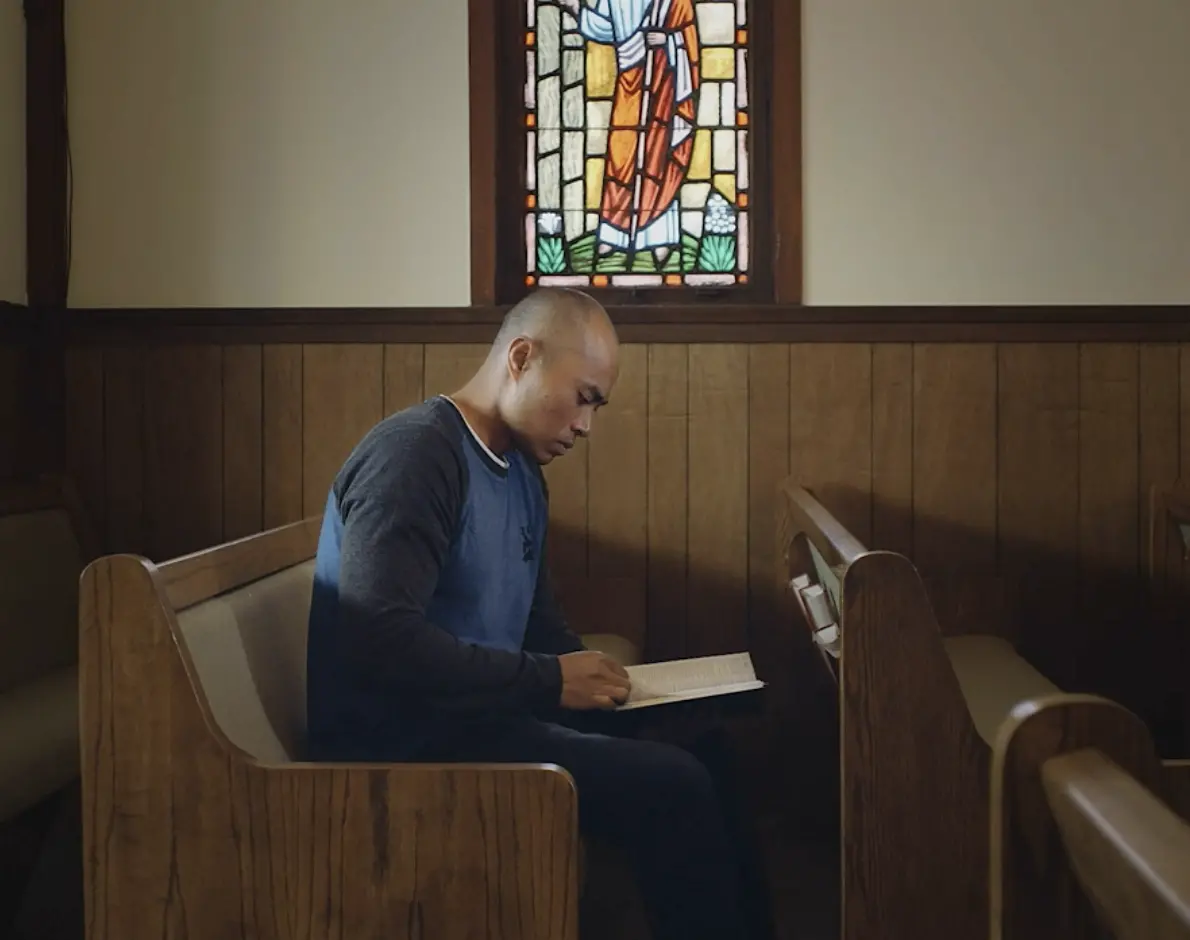
Born: 1983
Years incarcerated: 18
Released: 2018
Phuoc Vong, who goes by Gary Vong, was born in Vietnam. His father fought alongside American troops during the Vietnam War. After the war, Gary’s father fled government persecution, taking Gary with him. They eventually moved to the United States, settling in San Jose.
“Coming to America, I felt like I was out of place. … I didn’t belong in the ‘good kid’ group, but the gang embraced me,” Gary remembers.
During a fight in his senior year of high school, he stabbed a rival gang member who subsequently died of his injuries. “That was my first encounter with law enforcement,” he says. He received a manslaughter charge, as well as an additional gang enhancement charge, and was convicted and sentenced to 28 years in state prison.
He stayed in six different institutions, and a portion of his time in prison was spent in solitary confinement, which brought about major life changes. “I was able to kick my drug habit. ... It was like a blessing in disguise,” he says.
After being released from solitary confinement, Gary developed a fruitful connection with the Asian Prisoner Support Committee and — most importantly, he says — he found God. “In 2010, I hit rock bottom,” says Gary. “I cried out to God … ‘Help me.’ And he did, he showed up in a mighty way.”
In early 2018, Gary was granted parole, after serving 18 years. “I was released on Feb. 28, 2018,” he says. “My expectation was to be free that day, but it didn’t come to pass. ... I had to go to another prison.”
He was forced to hand over his green card and spend five months in the custody of U.S. Immigration and Customs Enforcement. After being released from ICE custody, Gary became a “stranded deportee.” His birth country of Vietnam won’t recognize his citizenship, and neither will the U.S.
To get his green card back, he has to get his felony reduced to a misdemeanor. “I’m just asking for a second chance to prove myself, to stay in this country,” he says.
With a criminal record and no green card or citizenship, Gary is having a hard time finding stable employment. He has worked at a homeless shelter and juggled odd jobs. Recently, his father passed away, he got married and he and his wife now have a son named Samuel.
Since being released, Gary has become a member of the 19th Avenue Baptist Church in San Francisco. “In our church we have a lot of lifers who are on parole there,” he says, explaining how this creates a sense of connection and community. “A lot of lifers don’t have family, so it helps to come together; it helps us to grow.”
- View this story on The Guardian



